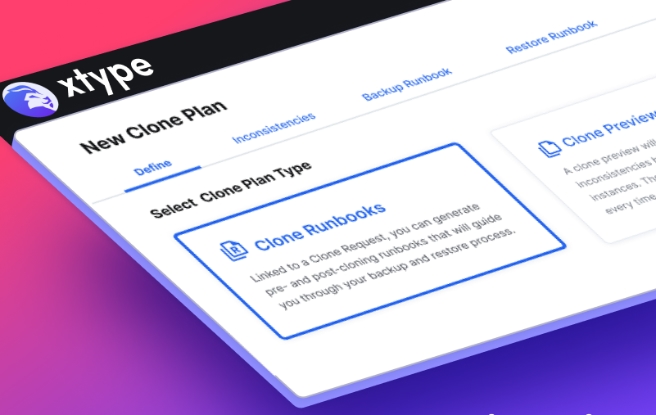
Low-Code, It May Be Your Path to Faster Value
As I mentioned in my blog, The Great Talent Multiplier, IDC estimates that the demand for new applications will reach 750 million in the next three years. To put this number into context, 750 million applications are more applications than we have built over the previous half-century combined. Throughout the history of IT, the demand for apps has consistently exceeded the workforce size to fulfill that demand. The difference this time is that decades of learning and technological advancement are providing a faster and less complex means of meeting app demand – low-code platforms.
Old School vs. New School
Traditionally, developing applications has been a complex and time-consuming process requiring specialized skills and knowledge. But low-code application platforms (LCAPs) provide a less complex and time-consuming way to build applications. Gartner defines an LCAP as a platform that must include capabilities like a model-driven or graphical programming approach with scripting to develop a complete application, including business logic workflows and user interfaces. In business terms, LCAPs are more cost-effective than conventional development methods, as they need less investment in time and resources.
DevOps and DORA and LCAP, Oh My!
This efficiency is because LCAPs offer a more streamlined and visual approach to building apps that require less technical expertise, empower rapid prototyping, and dramatically improve DORA DevOps metrics out of the box. Google’s DevOps Research and Assessment (DORA) team identifies four critical metrics for evaluating DevOps performance:
- Deployment Frequency – How often an organization successfully releases to production.
- Lead Time for Changes – The amount of time it takes a commit to get into production.
- Change Failure Rate – The percentage of production deployments causing a failure or error.
- Time to Restore Service – How long it takes an organization to recover from a failure in production.
LCAPs impact DORA metrics because 80 – 90% of the code required to build an application is pre-built within the LCAP. These out-of-the-box capabilities free developers to focus on value-added features, functions, and services without being burdened by having to write all of the underlying plumbing (APIs, integrations, data connections, memory, storage, etc.). Because less custom code is being written, LCAP applications should contain fewer bugs, be faster to troubleshoot, be developed in less time, and empower more frequent deployments.
Low-Code, Pro-Code & Business Value
ServiceNow is a great option to consider if you’re looking for an LCAP that can help you quickly develop and deploy custom applications. Thanks to its user-friendly interface and vast range of features and capabilities, ServiceNow is an excellent choice for businesses of all sizes. Perhaps it is weird that I have conflated a traditional ITSM solution with DevOps metrics. But low-code capabilities are a natural extension of, and evolution for, the SaaS providers that you rely on to drive your business outcomes.
Businesses don’t care if apps are developed by pro-code developers using traditional programming languages and methodologies or if low-code developers develop them on an LCAP. They only care that the final product meets their needs. ServiceNow is a leading provider of cloud-based services that automate enterprise IT operations. It offers a comprehensive suite of tools to manage and automate common business processes, such as incident management, change management, and asset management. The company also provides a low-code platform for building and deploying custom applications.
In addition to its core offerings, ServiceNow also offers a number of value-added services, such as HR Service Delivery, Customer Service Management, and now its low-code App Engine.






